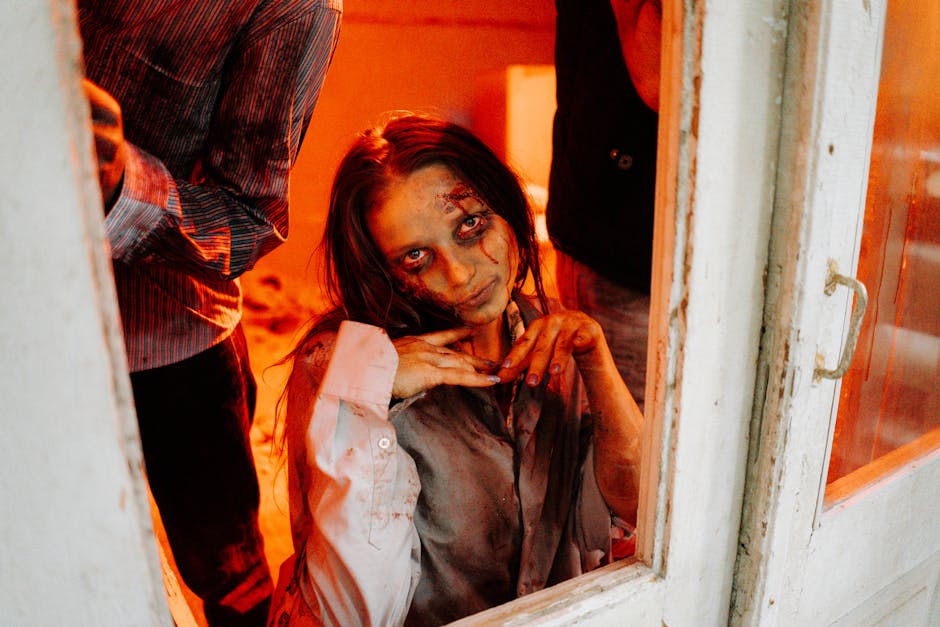Director Osgood Perkins has carved a niche in horror with films like The Blackcoat’s Daughter and Gretel & Hansel, where mood trumps narrative clarity. His latest, Keeper, doubles down on this approach—delivering a dreamlike, often baffling serial-killer story drenched in dread but lacking logic.
A Masterclass in Creepy Atmosphere
Perkins excels at crafting eerie, immersive worlds. Keeper opens with dim, shadow-drenched visuals, distorted angles, and a soundscape that gnaws at your nerves. The cinematography—washed-out colors, abrupt cuts—echoes European horror classics, while the score (a mix of dissonant strings and rumbling bass) deepens the unease.
This isn’t just a movie; it’s an experience. Fans of sensory horror will revel in its lingering dread.
A Plot Lost in the Fog
Where Keeper falters is coherence. The film follows a young woman (a mesmerizing but unnamed lead) navigating a surreal reality where nothing is certain—not her actions, nor the people around her. Time bends, logic dissolves, and Perkins seems uninterested in explanations.
While ambiguity can work (The Blackcoat’s Daughter balanced it well), Keeper pushes into frustration. Scenes drift without cause, characters act inexplicably, and emotional stakes are nearly absent.
Strong Performances, Minimal Connection
The cast commits fully, especially the lead actress, whose hollow stares sell the film’s psychological horror. Supporting characters flicker in and out like specters—effective for mood, but hard to invest in.
Verdict: A Beautiful, Maddening Nightmare
Perkins’ signature style—slow burns, unreliable perspectives—reaches its zenith here. Keeper is less a story than a tone poem, prioritizing unsettling vibes over resolution.
★ ★ ★ ☆ ☆ (3/5) – Stunningly creepy but confounding. Ideal for fans of abstract horror; others may find it exasperating.
Have you seen Keeper? Share your thoughts in the comments!




